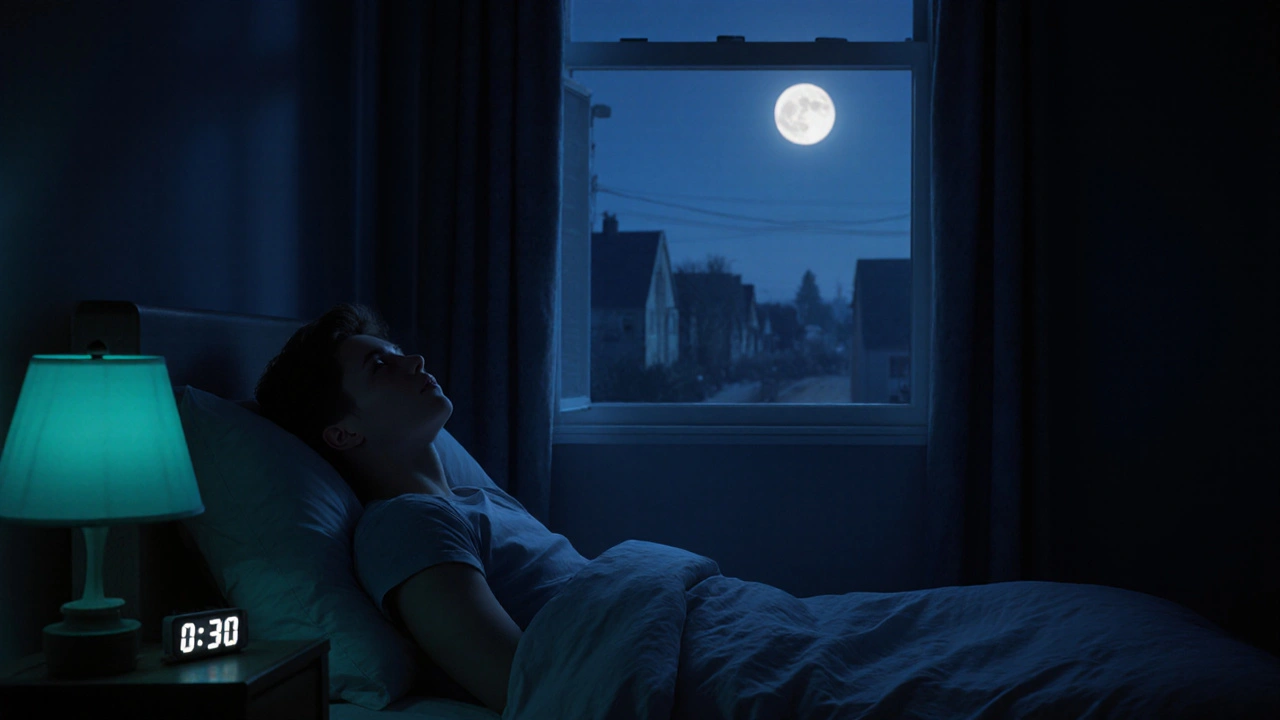Delayed Sleep Phase Syndrome – Overview and Resources
When working with Delayed Sleep Phase Syndrome, a circadian rhythm disorder where the internal clock runs later than social schedules. Also known as DSPS, it often shows up as chronic difficulty falling asleep before early morning hours and waking up refreshed. Circadian rhythm governs sleep‑wake cycles, hormone release, and body temperature; when this rhythm is delayed, melatonin – the sleep hormone – peaks too late. Melatonin therefore becomes a key player, and many clinicians recommend timed supplementation to shift the phase earlier. The condition also ties closely to sleep hygiene practices: consistent bedtime routines, reduced evening screen exposure, and structured daytime activity all influence the underlying clock. In short, Delayed Sleep Phase Syndrome encompasses a misaligned internal timer, requires melatonin timing or light exposure to reset, and benefits from disciplined sleep hygiene habits.
Diagnosis and Practical Treatment Paths
Diagnosing DSPS starts with a detailed sleep history and tools like actigraphy or sleep diaries that map actual sleep times against preferred times. Health professionals often use the Munich Chronotype Questionnaire to separate DSPS from other insomnia forms. Once confirmed, treatment strategies branch into three main categories: pharmacologic, light‑based, and behavioral. Timed, low‑dose melatonin taken a few hours before the desired bedtime can advance the circadian phase, while prescription agents such as ramelteon act on the same receptors with a longer half‑life. Light therapy, specifically bright light exposure in the early morning, represents the opposite side of the coin: it suppresses melatonin production early and nudges the clock forward. For many, a hybrid approach—morning light plus evening melatonin—yields the best results. Behavioral adjustments fall under the umbrella of chronotherapy, where sleep times are slowly shifted in 15‑30 minute increments until the desired schedule is reached. Consistent sleep‑hygiene habits like limiting caffeine after noon, keeping bedroom temperature cool, and avoiding screens at least an hour before bed reinforce these interventions and help lock in the new rhythm.
Below you’ll discover a curated set of articles that dive deeper into each piece of the DSPS puzzle. We cover the science behind circadian misalignment, practical guides for melatonin timing, detailed comparisons of light‑therapy devices, and step‑by‑step chronotherapy plans. You’ll also find medication‑focused pieces that explain how antidepressants, stimulants, and other drugs can interact with your sleep clock—useful if you’re already on treatments like sertraline or bupropion. Whether you’re looking for quick lifestyle tweaks or a full treatment roadmap, the posts in this collection give you the knowledge and tools to reset your internal clock and reclaim regular sleep patterns.
Delayed Sleep Phase Syndrome and Immune Health: Essential Facts
Learn what Delayed Sleep Phase Syndrome is, how it disrupts immune function, and practical steps to reset your clock and strengthen immunity.
read more